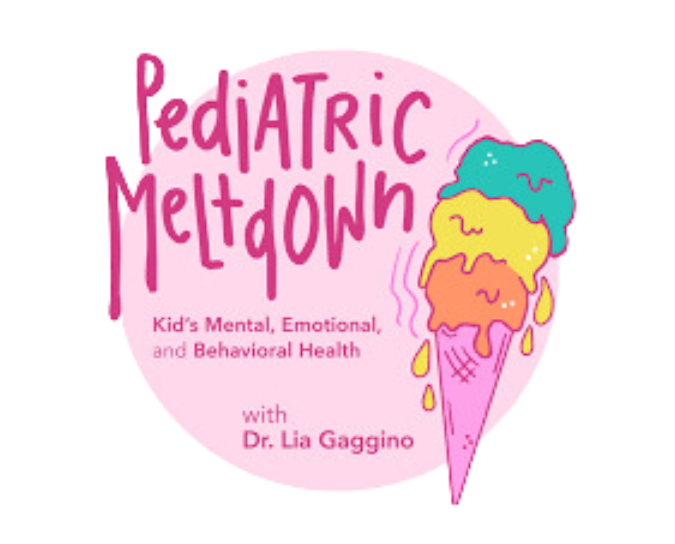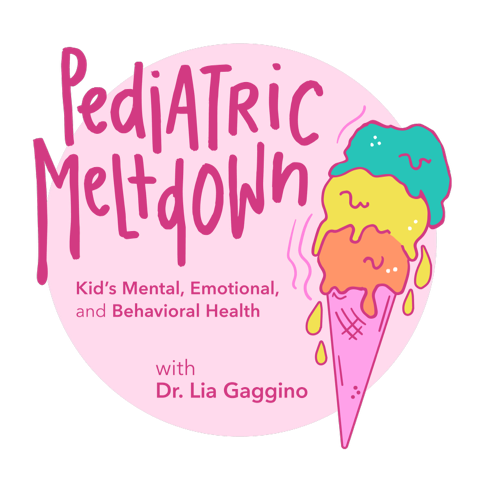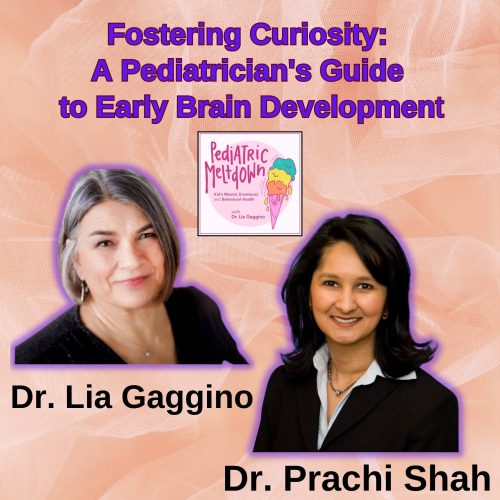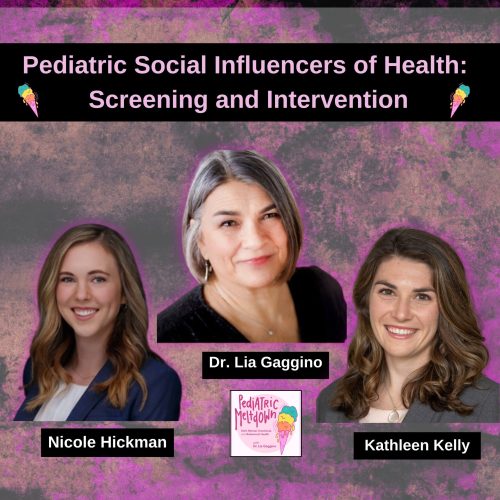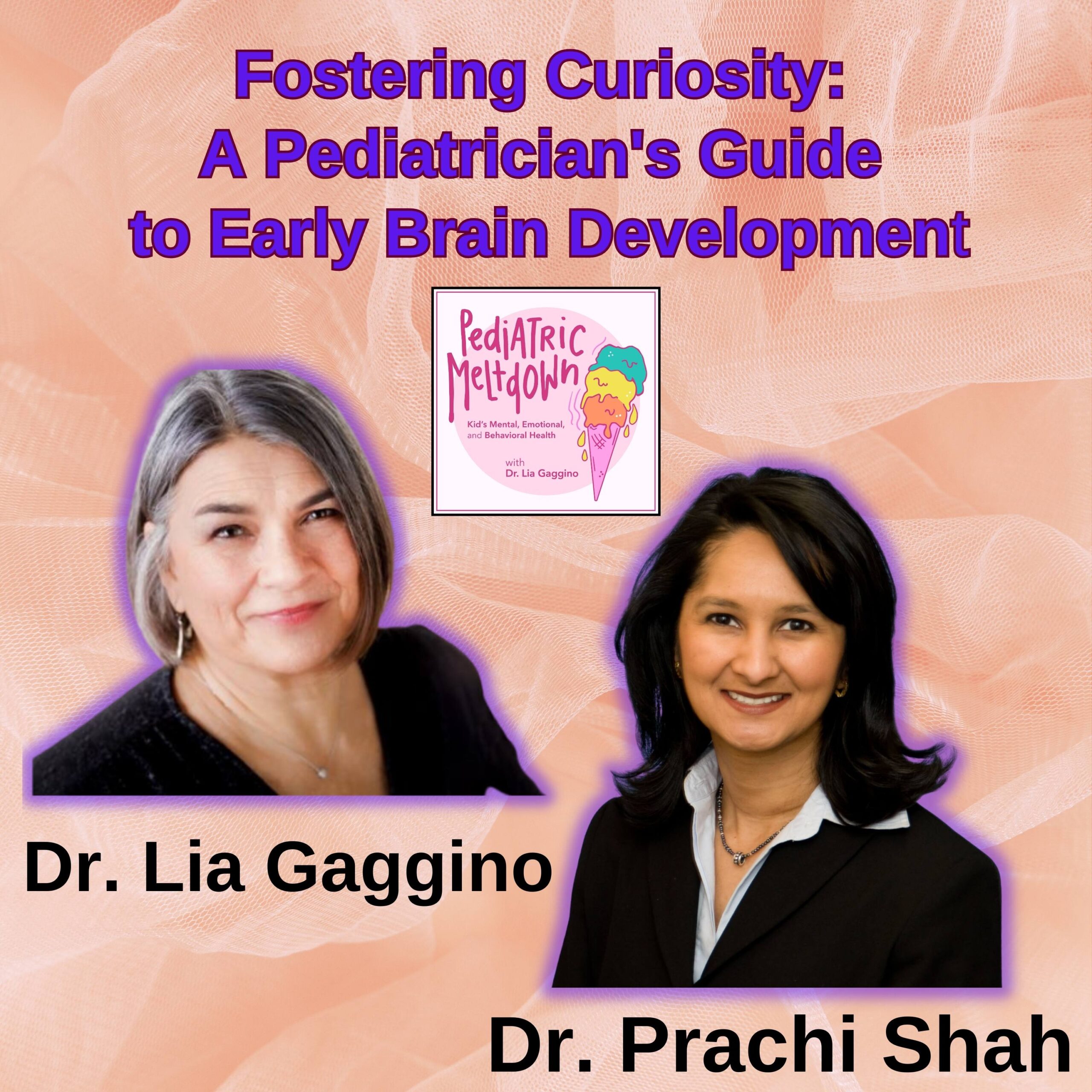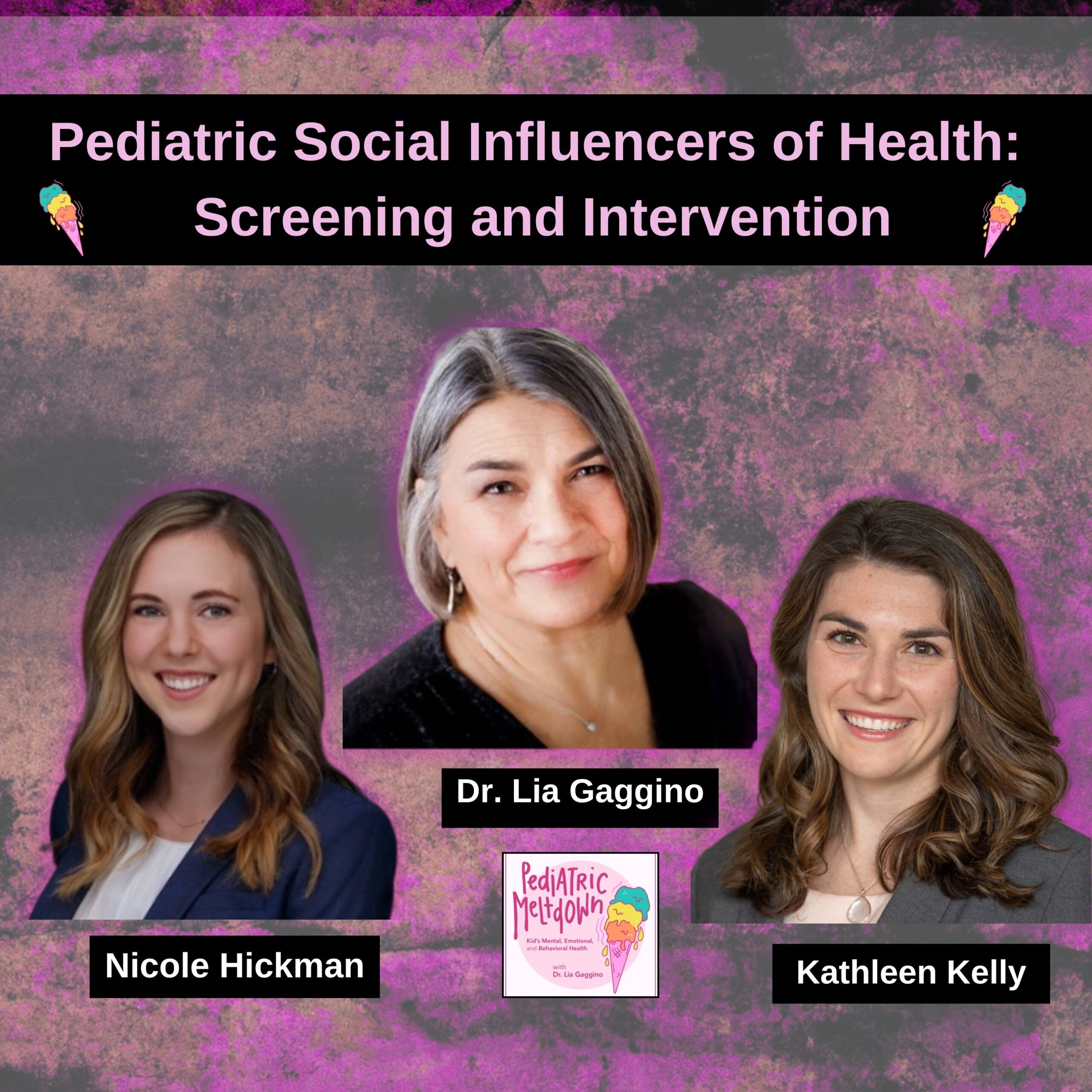Welcome to Pediatric Meltdown! In Today’s episode, our guest is Travis Atkinson.
Travis has worked in the crisis intervention field for over 20 years and describes how our mental health system of care was created with a medical model that does not meet the needs of our patients. Our offices and emergency departments are facing enormous numbers of kids who are struggling, and it is up to us to create a patient-centered system that works based on choice, agency, and freedom. Many models work: mobile crisis response and stabilization teams, peer support and recovery coaches, and integrated behavioral health in outpatient clinics. When treating mental health historically we have been wrong so many times. We must do better now. Travis closes with advice for change – lead with a servant’s heart and consider the serenity prayer – grant me the serenity to accept the things I cannot change; the courage to change the things that can be changed, and the wisdom to know the difference.
[00:30 – 09:02] Opening Segment
- Travis Atkinson is a skilled clinician and musician who has worked in behavioral health services for 20 years.
- He is the president of the Crisis Residential Association and former Crisis Services Committee chair for the American Association of Suicidology.
- He received his BA from the University of Michigan and his master’s degree from National Lewis University.
- Travis lives in Grand Rapids, Michigan with his wife and three daughters.
[09:02 – 17:04] Community Responds to Behavioral Health Emergencies with Dedicated Mental Health Crisis Lines and Mobile Crisis Teams
- There are dedicated mental health crisis lines available that can help divert people from psychiatric hospitals or emergency departments.
- Mobile crisis teams are a type of intervention that can be used to meet people in the community who are experiencing a mental health crisis.
- These teams are available in most communities and can provide support for up to 90 days.
[17:04 – 25:25] TD Solutions: How to save $5,000 a day by using mobile crisis teams
- The community mental health services are often responsible for the operation of mobile crisis teams.
- One type of team that we haven’t talked about yet is the co-sponsor model, in which a clinician and a police officer or law enforcement work together.
- Reaching out to your community mental health center or your local law enforcement to find out if these teams are available and who they are available for is important.
- People with mental illness are more likely to be a victim of crime than they are to be a perpetrator of the crime.
[25:26 – 33:14] Mental health services should be available to everyone
- There is a need for psychiatric hospitals to provide high-quality treatment that meets the goals of the individual, not just keeping them safe.
- The goal of psychiatric hospitals should be to help patients develop meaningful life skills that will carry on beyond their stay.
- There is a trend toward treating patients as individuals and leveling the hierarchy between doctors and other professionals.
[33:14 – 41:22] Intervening Found Strategies to Help You
- Intervening found that other strategies helped, but that the barriers to providing crisis services persist.
- One barrier is licensure, which makes it difficult to provide physical interventions and limits who can be taken in.
- Another barrier is the administrative burden, which makes it difficult to keep the service running.
- Funds would be better spent on more youth crisis residential beds, crisis continuum, and psychiatric urgent care centers.
[41:22 – 49:22] How to Meet the Needs of Families with Mental Illness
- If a pediatric colleague encounters a family with the possibility of a lot of chaos, they should try to find ways to meet the needs of that family, such as accepting and committing to therapy.
- Clinicians should also be aware that youth have less control over their environment than adults, which can make it harder for them to cope.
[51:02 – 01:03:02] Closing Segment
- Connect with Travis Atkinson
- See the links below.
- Final Words
- Thank you for Travis’s passion and as he said, agape for the populations he serves and cares about.
- Historically the current state of crisis intervention is built on the medical model and is not designed to meet the need.
- The experience for patients who seek crisis mental health services is often dehumanizing. And the settings and response may agitate or worsen the crisis. It’s not intentional, but it’s just what the resources allow locked up.
- There is now a paradigm shift underway patient-centered to preserve choice agency and freedom
- Here are some of the services that do meet patients where they are. 9 88, the new suicide crisis lifeline.
- Mobile. Response teams mitigate deescalate and coordinate, follow up care and reduce emergency room visits by up to 90 to 95%.
- There is huge pushback often based on risk. Will this person kill themselves or someone else? That’s the premise. Sometimes when we put folks behind locked doors, if you only have the risk camera, everything else looks like a nail.
- What should the goal of inpatient hospitalizations look like no death, no self-harm, or maybe skills building?
- When a patient enters a psychiatric facility, it may be the worst day for them
- barriers can reside in licensure limitations that don’t allow for a full range of treatments, even if it means careful and thoughtful restraint, which is always a last resort.
- We have been wrong so many times and we must do better now, anything less than as Travis put it, Supreme care is just not acceptable.
- And what about us and our attitudes? We signed up to serve the needs of the suffering, all suffering. We need to stand up for them.
- Lead with a servant’s heart and consider the serenity prayer. Grant me the serenity to accept things. I cannot change the courage to change the things that can be changed and the wisdom to know the difference.
- Namaste. Thank you so much for joining me as always. I hope that this sparks some interest and maybe a little bit of a shift in how you approach patients with mental health needs.
Tweetable Quotes
“It’s a hard place for your patients or your clients to be in especially the youth because they just have much less control of their environment than adults if their stressors are largely from their parents or their siblings then they don’t have a lot that they can control.” – Travis Atkinson
“I’m a big proponent of acceptance and commitment therapy. So being able to know what you can control and what you can’t and trying to discern and have some wisdom to know the difference in those areas.” – Travis Atkinson
“What you can do in the conversation is to become active. Some of these systems are only going to change if we take an active role and do something about them. So getting involved in a trade association or a committee, like your statewide suicide prevention coalition to find out what you can do to be meaningful.” – Travis Atkinson
Connect with Travis Atkinson through the following links:
THANK YOU FOR YOUR SUPPORT!
Pediatric Meltdown was listed as a Top 20 Pediatric Podcast on FeedSpot.
If you’d like to connect with me, you can find me on LinkedIn, Facebook, Instagram, and Twitter, or email me at [email protected] or [email protected]. To learn more about me visit https://www.medicalbhs.com/
LOVE WHAT YOU HEAR? Leave us a 5-star review so we can continue to provide you with great content. Share this episode and help people know more about children’s health and well-being.
